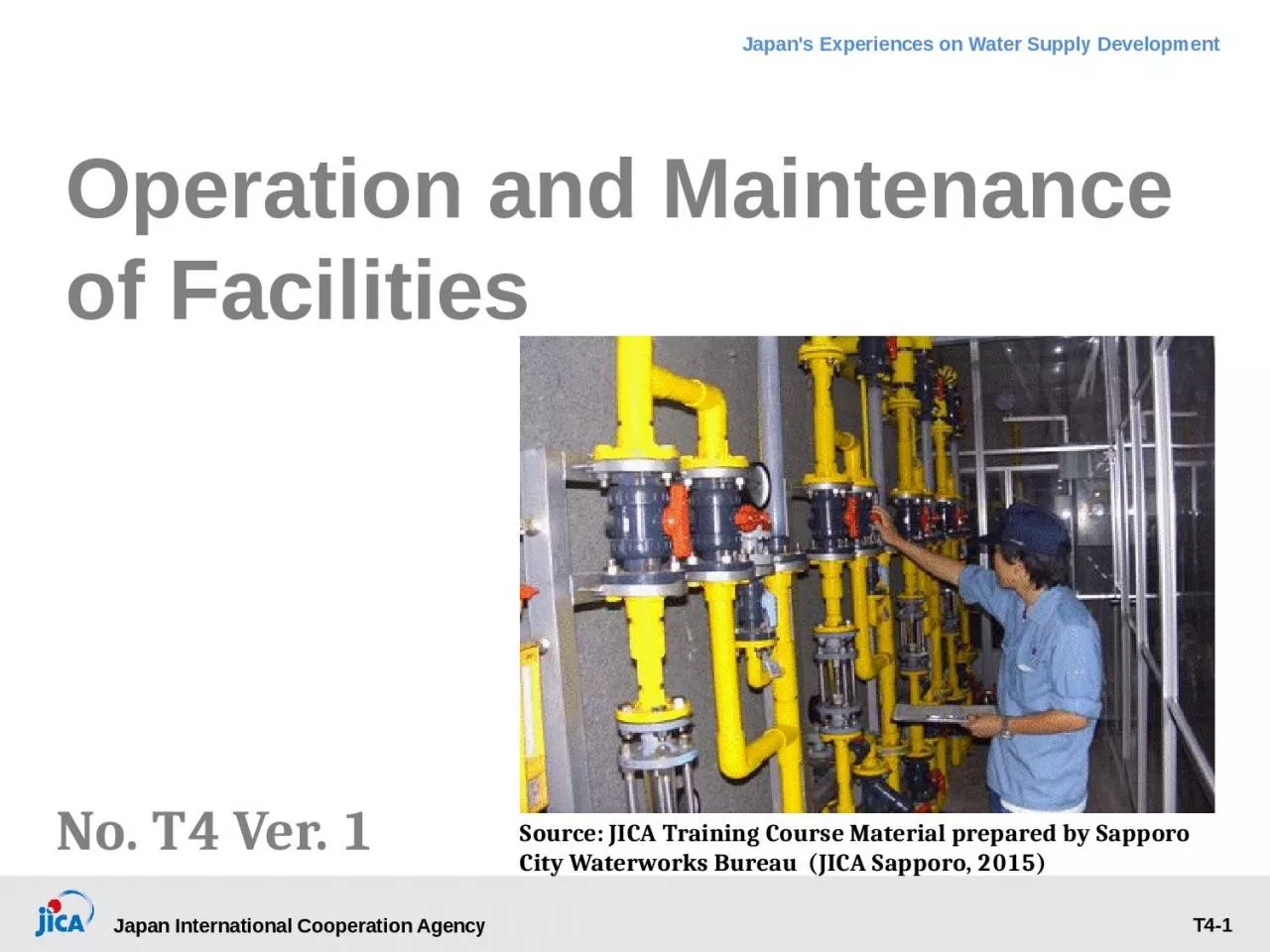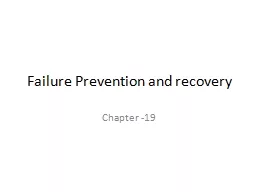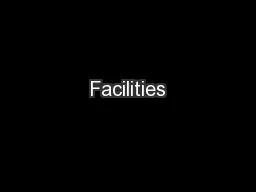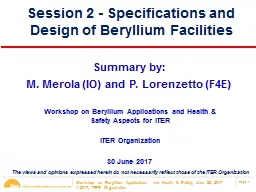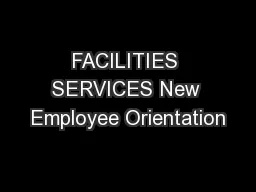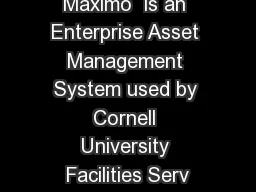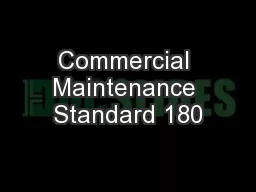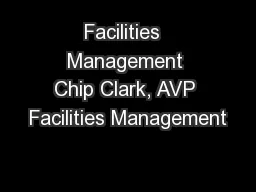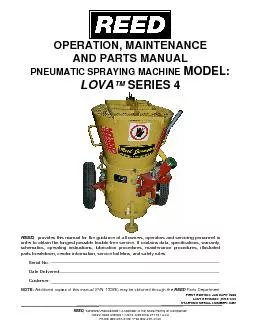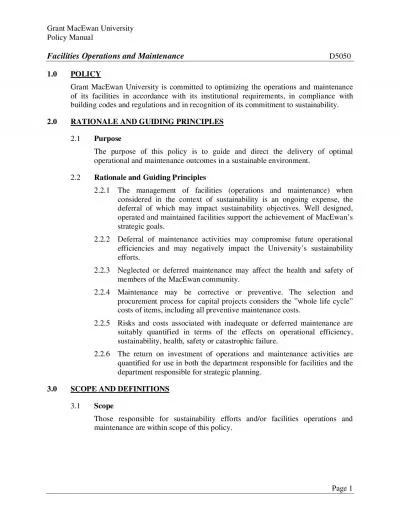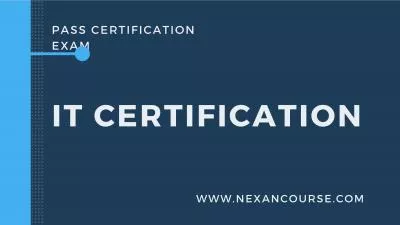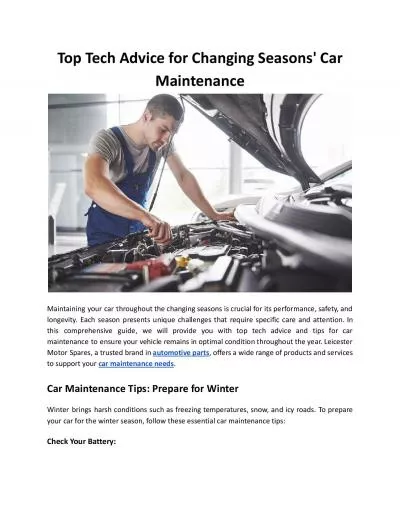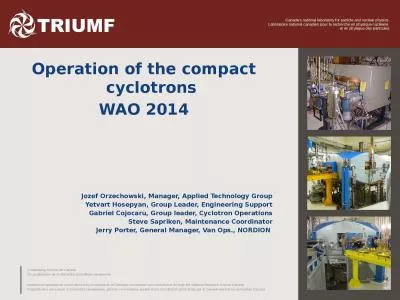PPT-Operation and Maintenance of Facilities
Author : bitsy | Published Date : 2024-03-13
No T4 Ver 1 Source JICA Training Course Material prepared by Sapporo City Waterworks Bureau JICA Sapporo 2015 Contents Introduction Importance of Maintenance
Presentation Embed Code
Download Presentation
Download Presentation The PPT/PDF document "Operation and Maintenance of Facilities" is the property of its rightful owner. Permission is granted to download and print the materials on this website for personal, non-commercial use only, and to display it on your personal computer provided you do not modify the materials and that you retain all copyright notices contained in the materials. By downloading content from our website, you accept the terms of this agreement.
Operation and Maintenance of Facilities: Transcript
Download Rules Of Document
"Operation and Maintenance of Facilities"The content belongs to its owner. You may download and print it for personal use, without modification, and keep all copyright notices. By downloading, you agree to these terms.
Related Documents

